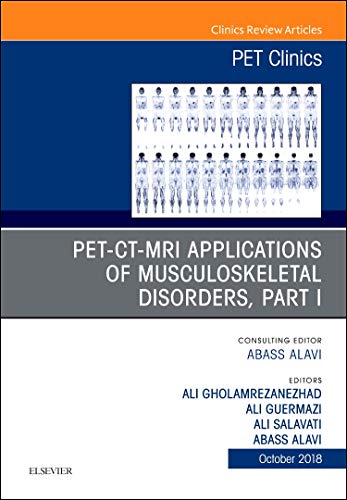Understanding the Importance of PET CT Scan Images in Modern Medical Diagnosis
#### PET CT Scan Images OverviewPET CT scan images, or Positron Emission Tomography combined with Computed Tomography images, are advanced imaging technique……
#### PET CT Scan Images Overview
PET CT scan images, or Positron Emission Tomography combined with Computed Tomography images, are advanced imaging techniques that play a crucial role in modern medicine. These images provide detailed insights into the metabolic processes of the body, allowing healthcare professionals to detect various conditions, including cancers, neurological disorders, and cardiovascular diseases. The combination of functional imaging from PET and anatomical imaging from CT results in comprehensive diagnostic information.
#### The Technology Behind PET CT Scan Images
The technology behind PET CT scan images involves the use of radioactive tracers that emit positrons. When these tracers are injected into the body, they accumulate in areas of high metabolic activity, such as tumors. The PET scan detects these emissions, while the CT scan provides a detailed anatomical view. The fusion of these two images allows for precise localization of abnormalities, enhancing the accuracy of diagnosis and treatment planning.
#### Applications of PET CT Scan Images

PET CT scan images are widely used in oncology for tumor detection, staging, and monitoring treatment response. They help in identifying the presence of cancerous cells much earlier than traditional imaging methods. In neurology, these images assist in diagnosing conditions like Alzheimer's disease and epilepsy by highlighting areas of altered brain metabolism. Additionally, PET CT scans are valuable in cardiology for assessing heart function and detecting coronary artery disease.
#### Advantages of Using PET CT Scan Images
One of the primary advantages of PET CT scan images is their ability to provide both functional and structural information in a single examination. This dual capability leads to improved diagnostic accuracy, which is vital for effective treatment planning. Furthermore, PET CT scans can detect diseases at an earlier stage, potentially leading to better patient outcomes. The non-invasive nature of the procedure also enhances patient comfort compared to more invasive diagnostic methods.
#### Interpreting PET CT Scan Images

Interpreting PET CT scan images requires specialized training and expertise. Radiologists analyze the scans for areas of increased or decreased metabolic activity, correlating these findings with the patient’s clinical history and other diagnostic tests. The interpretation process is critical, as it impacts the subsequent management and treatment decisions for the patient.
#### Future of PET CT Scan Images in Medicine
The future of PET CT scan images in medicine looks promising, with ongoing advancements in technology and imaging techniques. Innovations such as improved tracers, faster scanning times, and enhanced image resolution are expected to further increase the utility of PET CT scans. Research is also exploring the integration of artificial intelligence in image analysis, which could streamline the interpretation process and improve diagnostic accuracy.
#### Conclusion

In conclusion, PET CT scan images are an invaluable tool in the realm of medical diagnostics. Their ability to provide detailed insights into both the structure and function of tissues makes them essential for the early detection and effective management of various diseases. As technology continues to evolve, the role of PET CT scans in medicine will undoubtedly expand, leading to improved patient care and outcomes. Understanding the significance of these images is crucial for both healthcare professionals and patients navigating the complexities of medical diagnosis.